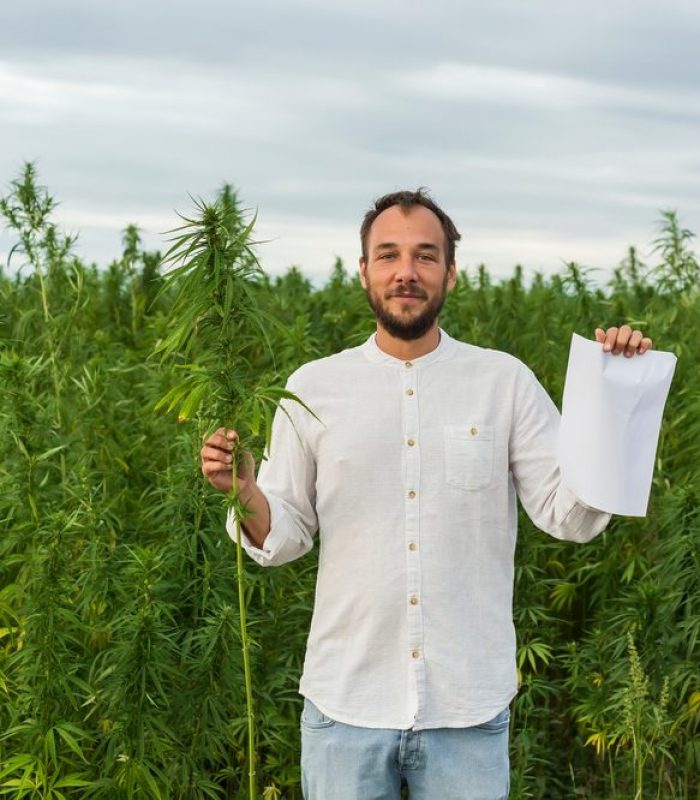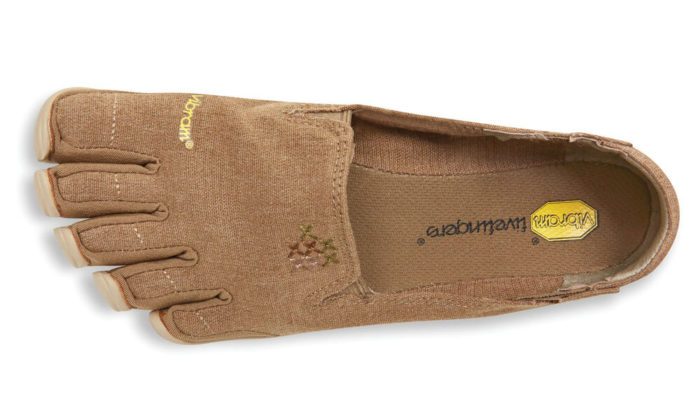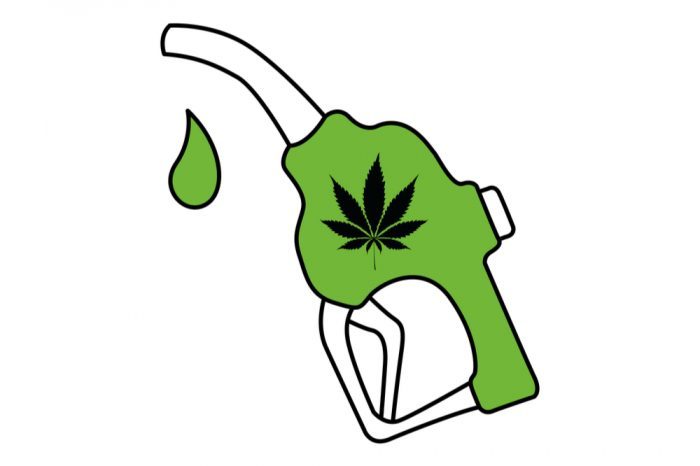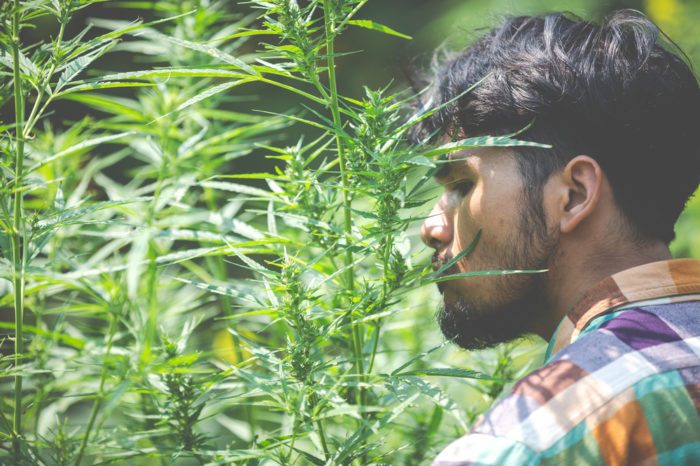Hemp fabric, hemp paper, hemp rope, hemp protein, hemp toilet paper… Can hemp really do all of this?
Few materials are as knee-deep in the culture of ‘pie-in-the-sky’ wish fulfillment than hemp. The mostly outlawed plant, grown by the Father of Our Country, comes with a lot of promises, from reforming our medical and drug laws to saving the entire planet from imminent environmental destruction. One strong-fibered product at a time. But, while the notion of hemp replacing nearly everything from cotton fabric T-shirts to paper towels may sound like ‘overreaching’, there is good evidence that legalized hemp could actually be a miracle replacement for many of today’s everyday amenities.
Hemp Toilet Paper vs Tree Toilet Paper
Take toilet paper, for example. The average American goes through fifty pounds of the stuff every year. That works out to roughly 100 rolls of TP per person per year, or fifty seven squares a day. Considering the number of trees Charmin need to manufacture that amount, replacing traditionally toilet paper with an equally effective product made from hemp would drastically cut down on deforestation.
The environmental boost comes thanks to hemp’s incredibly fast maturation rate. Within just seventy days, it can reach its full potential for use. That’s significantly less time than the twenty to eighty years it takes to grow a tree. Hemp also has more useable parts than trees do. Trees are made of thirty percent cellulose, which is the usable part — the material that eventually becomes paper. The other seventy percent has to be removed through a chemical process. In contrast, hemp can be made up of nearly eighty five percent cellulose. So the bang for the buck is much greater on the hemp side. In fact, the U.S. Department of Agriculture estimates that one acre of hemp can produce four times more paper than an acre of trees.

Eco-Friendly Hemp
And that’s only the raw material cost savings to the environment. Pulp and paper mills are notorious air, water, and land polluters. Combine that with the long maturation rate of trees, and the consumption of material from South American tree farms, and you see switching to a more eco-friendly product can produce big changes.
A side note: the first commercially sold toilet paper was actually hemp. It was produced by Joseph Gayetty in 1857, and consisted of sheets of hemp soaked in aloe to make the experience more pleasant. Before Gayetty, people would use wool, lace, seaweed, leaves, etc. — anything that might work to do the deed. It was the Scott brothers, however, who made toilet paper — from trees — a household commodity in 1867 by charging very little for the product (although it often contained splinters – ouch!)
Hemp :More Than Just Fabric
All jokes aside, there are many uses for hemp that go beyond toilet paper. Today, hemp is making a comeback across all sorts of specialty paper and pulp products thanks to modern bio-refining techniques and relaxed regulations. And it doesn’t stop there.
Hemp has proven to be a particularly impressive fabric base. With hemp fabric now used in everything from socks to hats. It’s antimicrobial properties make it great, not only as hemp fabric, but also as a base for soap.
Hemp has become a meaningful piece of composite plastic for high-end auto makers like BMW, Mercedes-Benz and Jaguar. Using natural and durable products like hemp for interior door paneling, dashboards, and interior upholstery makes the cars lighter (read: more fuel efficient) and wins points with environmentalists.
And let’s not forget the food! Walk down the health food aisle at any large grocery chain today and you’ll likely see a dozen food products loudly touting their hemp connection. Hemp has a nutritional makeup high in Omega 3, 46, and 9. And, it’s full of antioxidants and essential nutrients. Because of this, people commonly add hemp products to the “super food” category. These cater both to the health-conscious and the environmentally-aware crowds at once.

Hemp and Construction
And while it builds bodies, hemp is just as adept at building cities. The new trend toward sustainable architecture relies heavily on industrial hemp fiber. It replaces the wood and petroleum products that construction currently relies on. Using hemp means a more resource-efficient allocation of material for construction, renovation, maintenance and demolition. This means that hemp is better for the environment and easier to maintain. Moreover, it leaves behind less pollution and less non-biodegradable material at the end of the structure’s lifespan.
And, speaking of the environment, hemp is an excellent way for farmers to remove heavy metals from their soil while adding back valuable nutrients. Through this process, called remediation, growers can turn previously unusable dirt into rich, fertile soil. Hemp can even remove radioactive waste from contaminated soil.
It’s cheap, it’s durable, it’s biodegradable — and that’s all outside of its medicinal uses. If hemp isn’t the panacea, it’s darn close.






Dennis Hinze
Thanks for this well-written report, Matt. I have been working on this for several years, now. I would like to share some of my observations:
1. The current laws, in California, and I suspect other states, have no comprehensive definitions of cannabis, hemp, or marijuana.
2. Over-regulation and imposition of excess fees and taxes, combined with THC and/or CBD limits are preventing a promising future industry in hemp production and processing.
3. High THC cannabis hemp could still make good rope and hempcrete, etc; while hemp crops that went over the threshold for THC content could have the dross processed into medicines or recreational products.
4. For law enforcement surveillance like flyovers or field observations, a quick scan can determine the nature of the crop, regardless THC/CBD content:
4a. Grown for medicine or recreational, there will be no male plants in the area, and the plants will be widely spaced.
4b. Grown for fiber, plants will be very close together with males and females.
4c. Seed oil and hurd crops will have both sexes of plants, spaced widely enough to allow fully mature plants.
5. Trimming the regulatory and financial hurdles will result in return of cottage hemp industries that were going strong before the mish-mash of legislation that led to the mess we have now.
Thanks again for posting. I will share, and check out your organization. ??❤️?
Dennis Hinze
ddhinze@yahoo.com
Jeanette fossum
I go for hemp